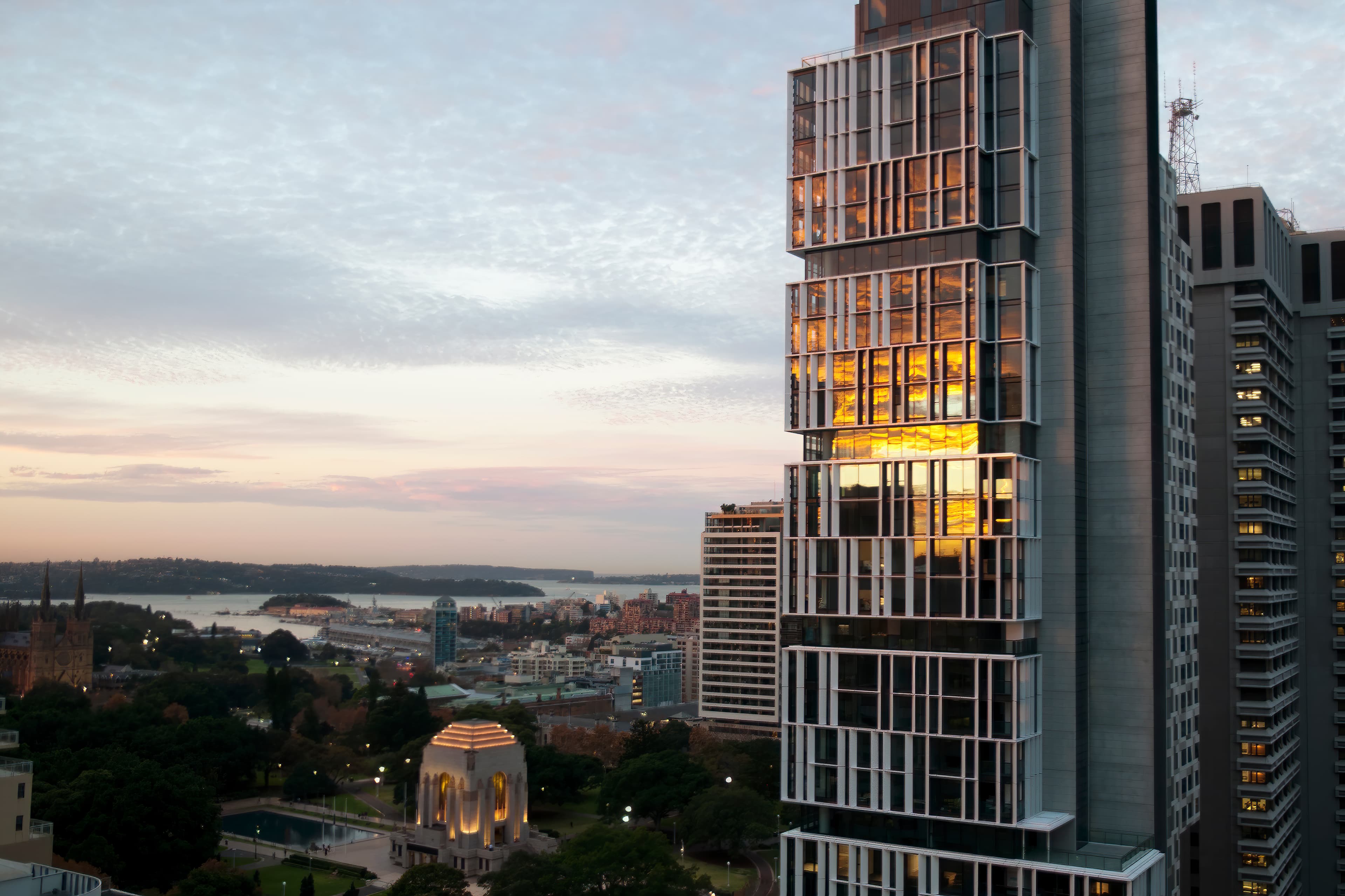How does Percentage Rent work in Retail Leasing?
In a commercial real estate asset, you can have many different types of Property Income. Here we’ll be getting into more detail on what Percentage Rent is.

Percentage Rent, also called Turnover Rent, is relatively easy to understand and retail tenants and commercial real estate professionals should be aware of this type of agreement in their lease.
Simply defined, a tenant must pay the landlord a certain percentage of their sales as rent.
This type of agreement is common when there is a strong relationship between location and sales, where if a tenant was placed inside a shopping mall, you’d expect higher traffic and therefore higher sales, so we see this more often with landlords in shopping centers. The idea is that if the shopping centre is being well managed then the retail store does well, then the landlord should benefit from this. These clauses are usually triggered when turnover reaches a certain breakpoint. I.e., when your gross sales surpass a specific point, you begin to pay a certain percentage of your sales as rent.
This Percentage Rent may be on top of the minimum monthly rent (base rent). Depending on the situation, some tenants only pay Percentage Rent, some only Base Rent, and some pay both.
Is this negotiable?
The Base Rent and Percentage Rent can be negotiated, depending on the situation. Certain landlords would be keen to get in best performing tenants to their shopping center, as they will bring in more people. And the amount of Percentage Rent could also be factored by what the tenant is selling, coffee vs electronics could result in different turnovers. The inclusion of Percentage Rent can be mutually beneficial to both parties especially as the economy transitions through economic cycles.
How do landlords know the sales figure?
To calculate Percentage Rent, there must be some transparency around how much a tenant makes in gross sales. Usually, the landlords do require the tenants to regularly send through sales reporting and allow auditing at the location.
How can we see the Percentage Rent in Forbury?
Most often, Percentage Rent is paid annually in arrears. So that means a tenant trades for a year and then there is a one-off payment to be made, this could be on the lease anniversary or financial year. If you have a 5-year lease, you’ll be looking at making 5 payments over the course of the lease.
The Percentage Rent is usually based on the moving annual turnover (MAT), which is the sum of last month’s 12 months turnover, and you will be able to see MAT in our Forbury models.
Example: when a tenant only pays Percentage Rent
MAT = $10 million in Year 1
Percentage Rent = 10%
Year 1:
Rent = MAT x Percentage Rent
Rent = $10M x 10%
Rent = $1M
Over the course of a 10-year period, the turnover goes from $10M to $11.7M, which means MAT increases year on year, so we’d expect the amount of rent being paid each year increases year on year too.
What if there is a breakpoint?
This is an example of a natural breakpoint, where you divide the base rent by the established percentage, where the tenant only pays the Percentage Rent on sales over a certain threshold.
Example: when a tenant has Base Rent + Percentage Rent
MAT = $10 million in Year 1
Base Rent = $250,000
Percentage Rent = 10% over the threshold
Threshold/Break Point = is set at 10x Base Rent (so $250,000 x 10 = $2.5M)
This means that for the first $2.5M of sales, there is no Percentage Rent to be paid.
From $2.5M to $10M, which is a total sale of $7.5M, the tenant must pay a percentage rent of $750,000, on top of the Base Rent of $250,000. Which gives us the same rent figure as Example 1. The tenant ends up paying a Total Rent of $1M.
Can Forbury handle more complex calculations?
While Percentage Rent is a relatively straightforward concept, it can get complex very quickly when you factor in breakpoints and inclusion/exclusion, different types of tenants.
Our models can handle calculating more complex scenarios, such as unnatural or artificial breakpoints (where both parties agree on a dollar amount of sales instead of percentage) and with multiple thresholds changing over time. We see this is common for larger tenants inside shopping centers, such as supermarkets or giant chain retail stores. These anchor tenants will be able to negotiate a lease that reflects this kind of complex structure.
Want to be notified of our new and relevant CRE content, articles and events?
Authors

Katie Bacon
Offer Lead
Authors

Katie Bacon
Offer Lead


